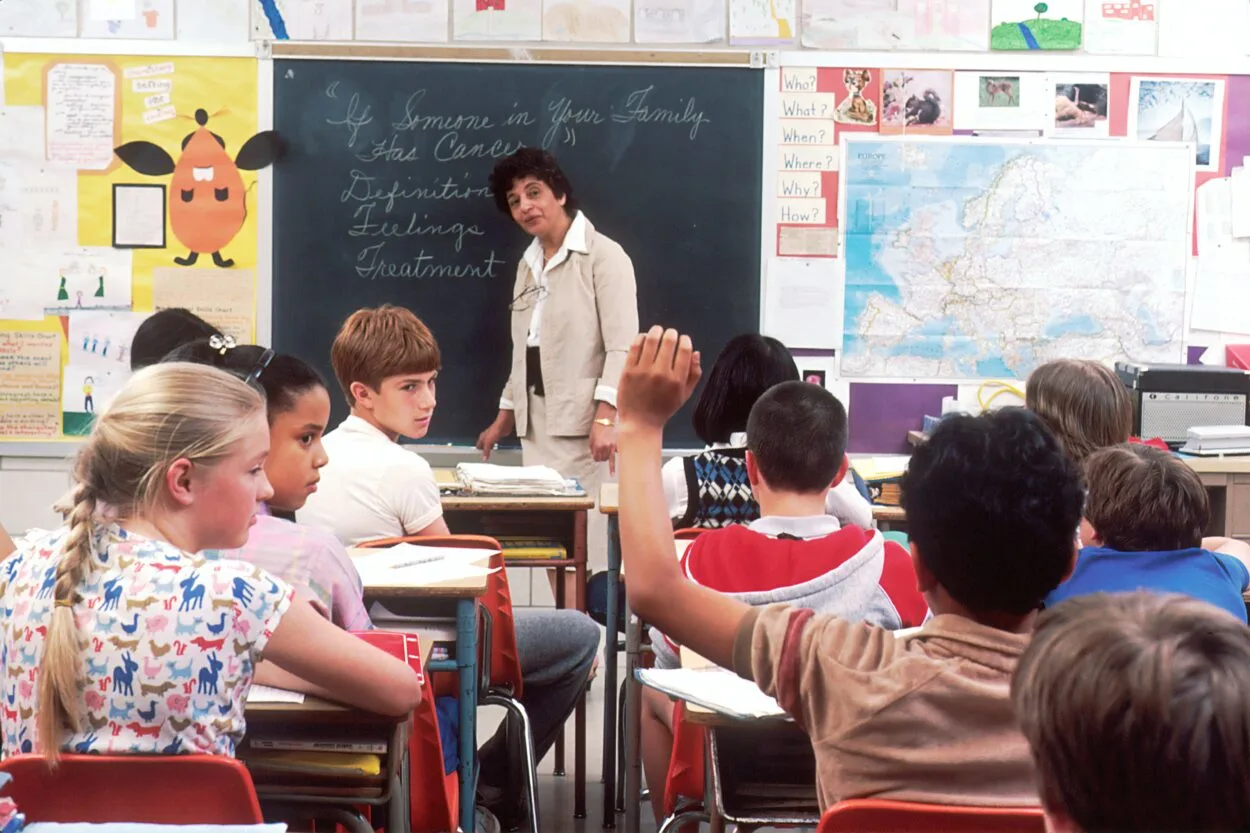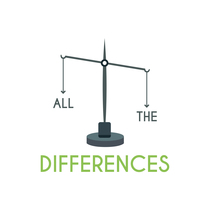Sentences may appear straightforward, yet the meaning underlying some of their elements may be complex.
We frequently build sentences while considering tenses, punctuation, and other elements. Numerous other subtenses for the past, present and future tenses alter the sentence’s structure and meaning.
The past perfect continuous form of “I had been doing” is used when a task or action began in the past and is still being carried out today. While the phrase “I was doing” is used in the past continuous tense to indicate that labor or action took place in the past.
Please keep reading to know more about continuous tenses, how I had been doing, and what I was doing can be differentiated, alongside a few examples.
Continuous Tense
The present, past, and future tenses are the three primary categories of tenses.
Depending on how the verb is employed in the sentence, these three primary tenses can now be further divided into four alternative tenses. The continuous tense is one of these subcategories.
The continuous tense indicates that an action is, was, or will be ongoing at a specific time.
The verb “be” and the verb’s -ing form combine to generate the continuous tense. The continuous tenses come in a wide variety, including past, present, present perfect, and more.
Past Continuous Tense
When describing a past activity that took place over a period of time, the past continuous tenses are employed.
Each verb past continuous is made up of two parts: the base of the primary verb -ing and the past tense of the verb “to be” (was/were).
It’s simple to teach. You can always engage children in activities with past-simple questions, and the answers to come in past continuous.
Examples of past continuous tense are:
- I was studying at the library yesterday.
- I was waiting for the bus all day long.
- We were watching movies yesterday.
Past Perfect Continuous Tense

The Past Perfect Continuous refers to longer events that happened up until the point in time we are talking about and can specify how long they happened.
The present participle of the verb (root + -ing) is combined with had been to form the past perfect continuous tense.
With the formula, it can be created. The subject had been, present participle (verb+ing), since/for, and the remaining parts of the phrase, if applicable.
Examples of Past Perfect Continuous Tense are:
- I was extremely tired because I had been running all day long.
- I was extremely hungry because I had been on diet for the last 2 days.
What Kind Of Tense Is ‘Was’?
The word “was” is the past tense indicative form of be, which can be used in both the first and third person singular, such as it, he, and she.
When examining reality and verified facts, you employ the past indicative. For instance, if you went to the store, you would say, “I was at the store,” as it is unquestionably true.
The same holds true when referring to another individual in the third person. For example, you can say, “Jane was at the store yesterday.” or “She was at the store yesterday.”
Was can also be used as an auxiliary verb in the past continuous with a singular subject. If you were to use an auxiliary verb to change the previous example (I was at the store), you can say, “I was looking for peanuts at the store.”
What Kind Of Tense Is “I Had”?

Has and had are pronouns that denote the transitive verb “have,” which implies to possess or hold.
The past participles are combined with the auxiliary verbs “has,” “had,” or “had” to create the present perfect, past perfect, or future perfect tenses.
Both the past tense and past participle of “had” are “had,” which is compatible with all pronouns.
The past perfect tense stresses a finished activity that started in the past, and the past perfect continuous emphasizes the length of the action.
Difference Between “I Was Doing” and “I Had Been Doing”
The past continuous and perfect continuous are great for narrating stories in English since they are narrative tenses.
We use past continuous tense to say that an action was in progress at a precise moment in the past, whereas past continuous is used when an action is completed.
Our auxiliary verb changes to were or were based on the topic in the past continuous.
The past perfects continuous tense, “I had been doing,” indicates that one activity had already begun before the second one began, whereas “I was doing” can be referred to as acting taking place but being interrupted or stopped for a while, and starting back again after a while.
The past continuous tense includes the phrase “I was doing,” and the auxiliary verb be is necessary for all continuous tenses. Auxiliary verb changes to was or were are based on the topic in the past continuous.
Examples Of “I Had Been Doing” And “I Was Doing”
| I had been doing | I was doing |
| He asked if I had been smoking. | I never cared to think about what I was doing to people. |
| I had been working there for a year. | I told him what I was doing. |
| I had been doing well before he arrived at my place. | I had no clue what I was doing on my first day at school. |
| I had been laughing for an hour | I was doing whatever I had to in order to play. |
Alternatives To “I Had Been Doing” And “I Was Doing”
I Am
“I am” is a Present Continuous Tense that denotes a transient action that is happening right now (to be + ing).
The present tense of the verb be and a verb in the -ing form combine to generate the present continuous.
When discussing ongoing activities, we employ the present continuous. For instance, Jane is speaking with John.

I Have Been
I have been alluding to a former voyage (or journeys) that have been finished. I’ve gone can be used to describe a trip that the speaker hasn’t yet finished.
For a single activity that started at some point in the past and is still going on, the present perfect continuous is used.
“Have been” is used with any other subject including the pronouns they, we, and I. For example, I have been been to California.
Conclusion
- To discuss activities or circumstances that were ongoing at a certain point in the past, past continuous and past perfect continuous tenses might be employed.
- The past perfect continuous tense emphasizes the concept of longevity while the past continuous just displays continuity.
- The past perfect continuous tense is quite easy to produce. To do this, we employ the phrasal verb had been followed by the verb’s present participle, a verb tense that ends in -ing.
- “I had been doing” is in the past perfect continuous tenses, which means it refers to longer acts or circumstances that persisted up until the past instant we are thinking about whereas past continuous tense, which “I was doing,” is used to show that a longer action in the past was halted.
Related Articles
- What’s The Difference Between “I Have Had” And “I Had”?
- Difference Between “I Have Been Working” And “I Have Worked” In The Present Perfect Continuous Tense
- What Is The Difference Between A Super Girl And A Power Girl?
- What Are The Differences Among Ramen, Udon, Soba, And Many More Japanese Noodle-Like Foods?

